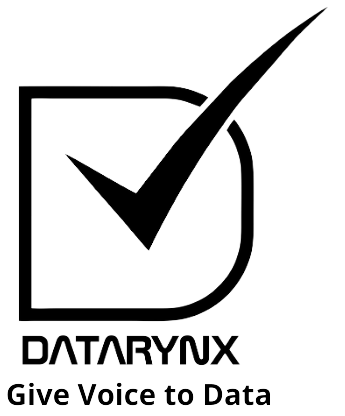COGNITIVE AI
Become super smart and super-efficient
Users of Artificial Intelligence (AI) know – and sense – the “artificial” in AI. The quest is to make AI as natural as possible, by replicating human intelligence and integrating it seamlessly into the world of humans. This is done using cognitive science. The practice combines psychology, neuroscience, linguistics, and social behavior patterns with Machine Learning (ML), image/ video recognition and analysis, Natural Language Processing (NLP) and Chatbots to deliver decision making with a distinct flavor of perception and perspective. The future is AI, but when AI is cognitive it becomes super smart.
The bottom line is that AI must perform to the standards humans have set for themselves. Cognitive sciences enable this. Businesses want their AI to be interactive, contextual, adaptive and on the constant path of evolution. Early adopters of Cognitive AI are delivering extraordinary results: In the healthcare industry, Cognitive AI is being used to analyze speech patterns and handwriting to get insights into the onset of Alzheimer’s and diagnose it years before traditional methods can. Merchandize planners in retail can use it to arrive at perfect assortments using natural conversations with cognitive systems. Fundamentally, Cognitive AI allows users to erase the complexity of technology, and gain the ability to access deep insights, make meaningful decisions easily and quickly and create memorable interactions.

Machine Learning
Dazzle with data
Machine Learning (ML) allows systems to improve independently when exposed to data. There are different aspects of ML that allow systems to become intelligent using a variety of learning paths such as Committee Machine that permits us to scale AI using neural networks and algorithms to assimilate knowledge; Ensemble Learning that uses the same data but different learning algorithms that arrive at their own conclusions – and the results of all conclusions are combined to make sense; Deep Learning where one AI provides inputs to another AI; and Supervised Learning where systems are given training data to make sense of business (and the world).
Our AI experts understand how to use these processes, applying techniques such as decision trees, support vector machines, convolutional neural networks (CNNs) and deep Q networks. Depending on the business case, availability of data and desired outcomes, you can expect our team to design and implement the best-fit processes for your needs.
Image and Video AI
Put intelligence into image analytics
Image and video analytics are becoming extremely important to industries such as manufacturing, health and wellness, retail, logistics, law and order, etc. Airports are using it to manage security, boarding processes and identify suspicious movement; it is being used by retailers to manage store replenishments, analyze customer store journeys and make facial-recognition based payments; doctors are using it to identify diseases. With advances in AI, deep learning, computer vision and analytics, image and video systems are going much beyond the fundamental task of surveillance. Today, they are automating processes and improving efficiency.
The technology for image and video AI is now widely available (high resolution imaging, edge sensors, networks and bandwidth, cloud systems for data management and analytical engines) but the challenge for our customers is to identify business use cases and create models with training data (image classification, object detection, object tracking). Our team uses public libraries for image detection such as OpenCV.ai and Detectron to which we add customer-specific layers of algorithms to deliver pre-defined business goals.

NLP
Now we are talking…
Natural Language Processing (NLP) is a hot favorite of interface designers. Businesses want their employees and customers to interact with their systems using natural language. Not only is it fun to use natural language but it is far more convenient than other human-to-machine interfaces. NLP is being used for content ingestion, to deliver conversational assistants in industries as diverse as travel, education and banking, to translate books and marketing material, to create summaries of medical and legal cases, etc.
Our team of computational linguists are familiar with the needs of enterprises for real time speech recognition systems, sentiment analysis, virtual assistants, translators, etc. We use pre-trained models such as Google’s BERT and libraries such as PyTorch-Transformers, combining them with our expertise in Deep Learning to accelerate your vision of deploying NLP. Whether it is security authentication, text mining, chatbot adoption, co-worker bots or hiring and recruitment, we have the right resource that unlock the power of NLP.
Chatbots
Ready for a conversation?
Text and voice chatbots are the most common manifestation of AI. They are being used to guide employees and customers, improve engagement and – as a bonus – the resulting interactions are also being widely analyzed for trends, needs and sentiments.
Our AI practice is well-versed in the use of in-app, web-based and device-based chatbots. We design them so that our customers can save time by providing users with accurate and timely information, deliver 24X7 scalable support, improve productivity and gain customer insights. Our team has the technological expertise in AI, NLP, NLU, NLG and ML that are required to develop chatbots. We also understand that chatbots need to provide a near-human experience for the initiative to be successful. We therefore stress on designing chatbots that demonstrate nuances of human behavior. For businesses that want to leverage chatbots, we have the right-sized end-to-end turnkey solution that includes backend integration with sources of information and data, interface design, conversation flows, text-to-voice and voice-to-text capabilities along with intelligent human hand off and escalation protocols.



